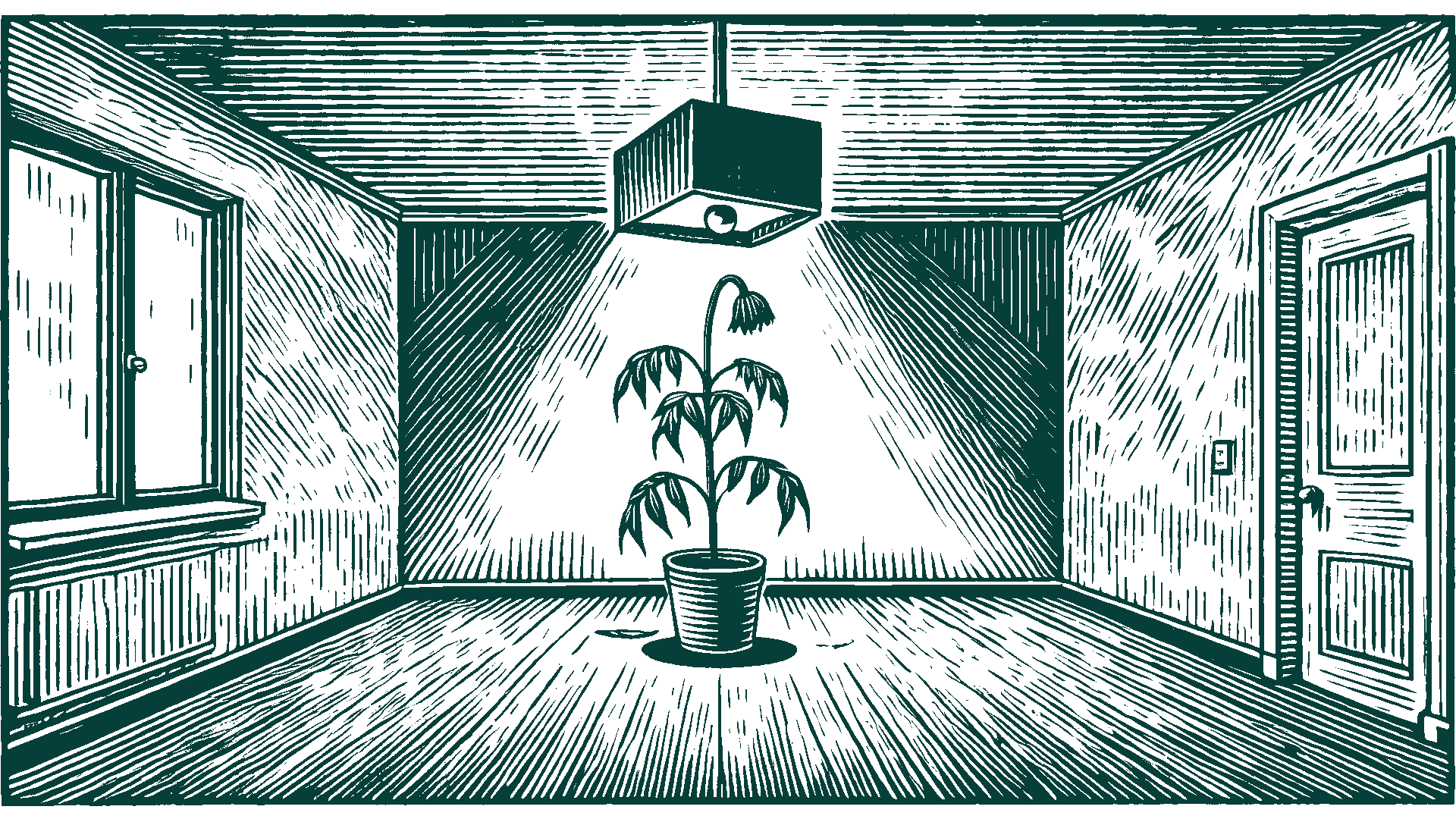A Blog with Tips & Tricks for Enlightened Presenters

Room And Bored: The Least Persuasive Place [WORKSHEET]
The presentation is tomorrow. You know your story, and you’ve rehearsed your delivery according to your strengths. You have a sharp understanding of your audience and are prepared to deliver a powerful talk along the lines of empathy. You are unstoppable. Your idea will change the world.
Hang on there, cowboy. Where will this meeting take place? Around what table will your audience convene? If you answered “The Board Room,” we have bad news… That’s where ideas go to die. Dramatic? Maybe. True? Absolutely.
To give your idea a chance, consider moving your meeting to a room conducive to a different format. There’s just too much risk in the traditional board room setup. So before you commit to that resource in your calendar, weigh the following attributes against what you aim to accomplish:
1. No eyes on you.
If this is part of your persuasion, then by all means, press on. But if you expect to command attention, think again. The board room setup encourages audience sight lines (except for one) to be everywhere BUT in your direction. Your group is likely to look at each other, their phones, the drapes… any other fixture in the room as often as (or less than) they look at you.
2. A/V = MIA.
Again with the sight lines. Imagine how easy it will be to see your content through the back of someone else’s head. For the majority of participants on the long edges of the table, this setup requires leaning either in or out, which can be uncomfortable. Discomfort is motivating, but not when it’s distracting from your story.
3. Hide, no seek.
Keeping in mind your number one job as a persuasion designer – opening the lines of empathy – consider the disadvantage of being denied eye contact. An emotional connection requires eye contact for 60% of a conversation, so how will you navigate that? Since most audiences report losing interest within the first 20 seconds of a presentation, where could you host this meeting to better capture attention?
Now that we know why NOT to occupy the board room, is it ever okay to use it? Of course it is. We just don’t recommend it for most persuasive communications. Here are a couple of examples of when it’s best to book it:
Cross-Functional Updates
Status meetings, daily stand-ups, jeep-bonnets, round tables… However you might refer to these sessions, have them in the board room. Imagine the passing of the torch from one chair to the next as audience members assume the role of presenter. The board room enables them to address each other as peers, which taps into its original purpose: Aligning people from different perspectives to a common goal.
Team Discussions
If reaching your meeting’s goals requires people to talk openly with each other, the board room is a solid choice. Kickstart the discussion by standing and walking all the way around the table a couple times (not more than twice or you’ll make them dizzy), subliminally asking the audience to follow you until you sit. This not only provides a great transition into their roles in the meeting, but also avoids those pesky sightline pitfalls.
For more on how to make the most of your space, download our free eBook, “Everything That Isn’t You.”
